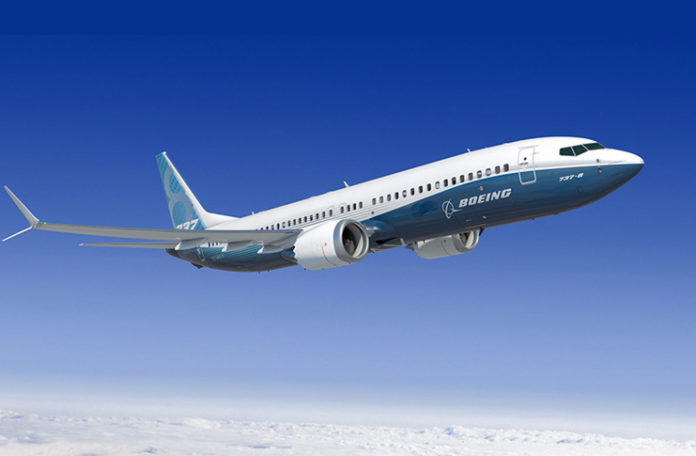
TravelingForMiles.com may receive commission from card issuers. Some or all of the card offers that appear on TravelingForMiles.com are from advertisers and may impact how and where card products appear on the site. TravelingForMiles.com does not include all card companies or all available card offers.
Some links to products and travel providers on this website will earn Traveling For Miles a commission which helps contribute to the running of the site – I’m very grateful to anyone who uses these links but their use is entirely optional. The compensation does not impact how and where products appear on this site and does not impact reviews that are published. For more details please see the advertising disclosure found at the bottom of every page.
Having two new aircraft of the same type involved in tragic and fatal accidents in the space of five months is a very unusual state of affairs but, without any solid information from the authorities investigating the crashes, it’s important that we resist the urge to start apportioning blame for those disasters.
What we can do, however, is to take a look a the information we have surrounding the 737 MAX project and the certification of the aircraft and, if you do that, it’s very hard to get away from the impression that a lot of things just don’t look or feel right.
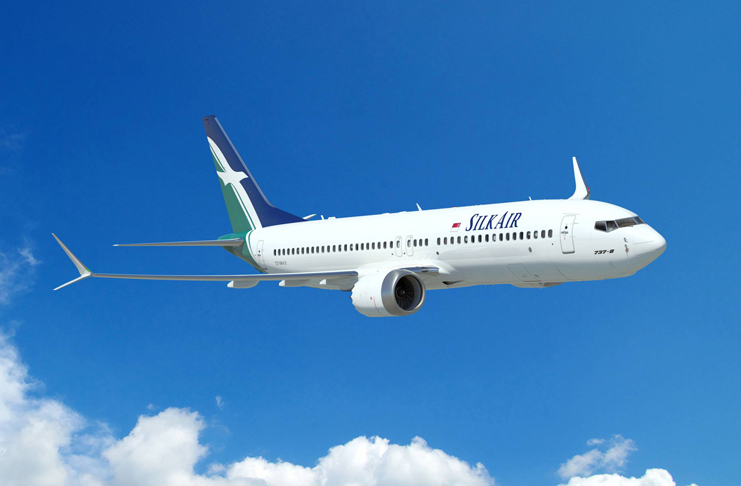
Even if investigators tell us that it wasn’t an error in the 737 MAX’s construction that led to the recent fatal accidents a lot of questions will remain to be answered and, because of the nature of those questions, I genuinely believe that it will take years (possibly decades) before the public’s trust in Boeing and the FAAs credibility are restored.
The Problem For Boeing
The problem Boeing faces is that it will have to answer a series of questions to which I can’t imagine any answers which would paint the aircraft manufacturer in a good light.
How does Boeing answer questions like….
- Why were airlines told that the 737 MAX was essentially the same aircraft as the existing 737s in operation when, subsequently, we’ve found out that they’re not?
- Why were pilots not informed of the existence of the key MCAS system introduced into the 737 MAX?
- Why were some pilots only given a 1 hour iPad training session before being allowed behind the controls of a 737 MAX?
- Why was the MCAS system installed in the Boeing 737 MAX only hooked up to one of the two sensors in the nose of the aircraft?
- Why is there is no system in the 737 MAX which checks the readings from both sensors and alerts the crew if one sensor is showing a significantly different reading to the other prior to take off?
- Why is there is no system in the 737 MAX which checks the readings from both sensors while the aircraft is on the ground and makes sure that the sensors are showing a reading of zero?
- Why are we now finding out that key safety components of the 737 MAX were sold as optional extras or add-ons?
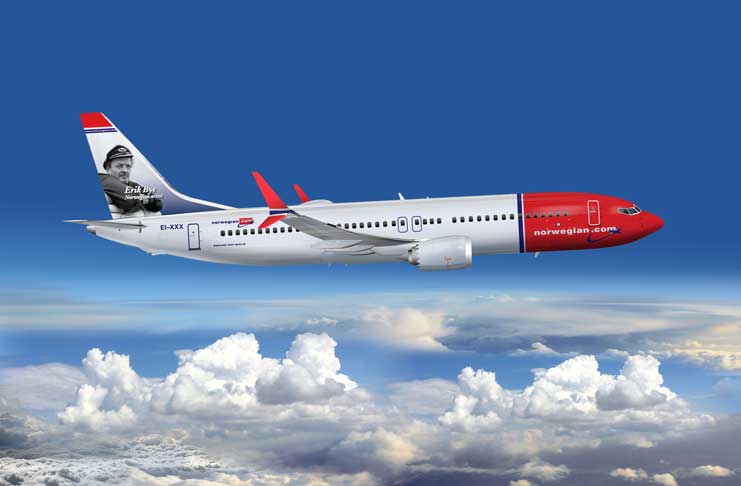
The details that are now emerging of the 737 MAX project paint an image of an aircraft that was rushed to market (for financial reasons), that had to have a new flight control system installed as a workaround (don’t as an enhancement) and that now needs at least one (possibly more) software patches to ensure that it’s truly safe to fly.
I don’t know about you guys but I’m not exactly thrilled to hear about workarounds and software patches being needed on an aircraft I’m expected to consider safe.
Most people get quite annoyed when they discover that their considerably less lethal laptop needs an operating system patch so just imagine how they feel when they find out that the software system in an aircraft needs a patch to ensure their safety.
A lot of things we’re hearing about the 737 MAX projects gives the impression of a “that will do” attitude as Boeing designed and manufactured the aircraft and that’s not an attitude I want associated with a corporation charged with keeping me safe at 30,000+ feet.
When it comes to the design and construction of an aircraft I want to be sure that the manufacturer has a “what more can we do?” attitude to the project and isn’t worrying about timelines, patches, and workarounds.
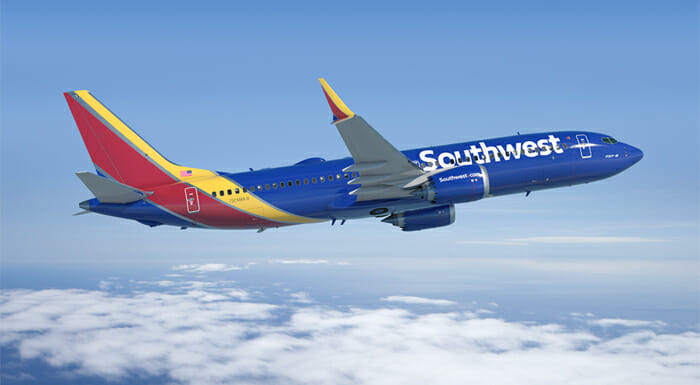
Even if the 737 MAX’s construction is exonerated when we hear back from the authorities on the Lion Air and Ethiopian Airlines crashes we’ve still had a peek behind the curtain at Boeing.
We’ve seen that shortcuts were taken, documentation wasn’t quite right, software systems weren’t built as robustly as they probably should have been and important information was withheld from pilots…..and none of this breeds very much confidence in how Boeing goes about its business.
The aircraft manufacturer can tell us that it is “dedicated to safety” as many times as it wants to but when it’s actions appear to contradict its words why would anyone believe it?
The Problem For The FAA
Before the Ethiopian Airlines disaster I had absolutely no idea how an aircraft was certified but I assumed that there were intelligent, independent and highly qualified teams at the FAA who rigorously checked every aspect of an aircraft before giving it the green light to carry passengers.
Apparently not.
Apparently the FAA is so underfunded and understaffed that it doesn’t have the resources or the ability to check whether an aircraft is safe without a significant amount of help from the aircraft manufacturer itself.
Certain elements of modern aircraft design are so complex that only highly skilled engineers and technicians can really understand them fully, and it seems like the FAA is worryingly short of such individuals.
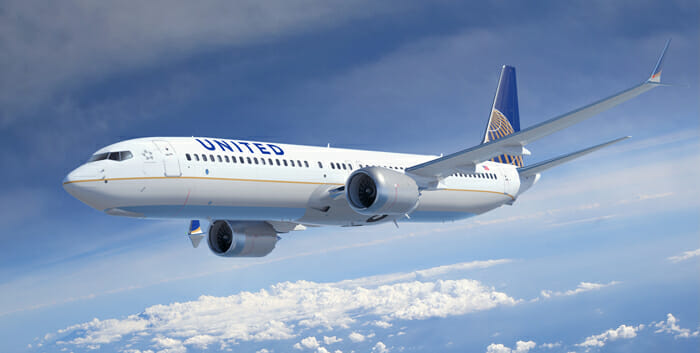
That’s why we’re now finding out that it was Boeing’s own engineers who were, essentially, deputized by the FAA to certify their own work.
Yes, you read that right, Boeing engineers were given the responsibility of certifying that important aspects of an aircraft they designed and constructed were safe and in line with FAA requirements.
So much for independent oversight!
Going forward why would anyone be comfortable with an aircraft certification from the FAA?
If the FAA comes out with a statement saying that it will no longer use engineers from an aircraft manufacturer whose aircraft it is certifying, we’ll all be justified in wondering if the FAA is actually capable of checking the manufacturer’s work in the first place.
There would be a justifiable feeling that we have a high school student grading a graduate student’s work.
If the FAA continues to rely on engineers from Boeing (for example) when it’s certifying Boeing aircraft, the public will have every right to wonder just how independent (and therefore thorough and safe) the certification process is.
Either way the FAA and its certification processes have very little credibility at all.
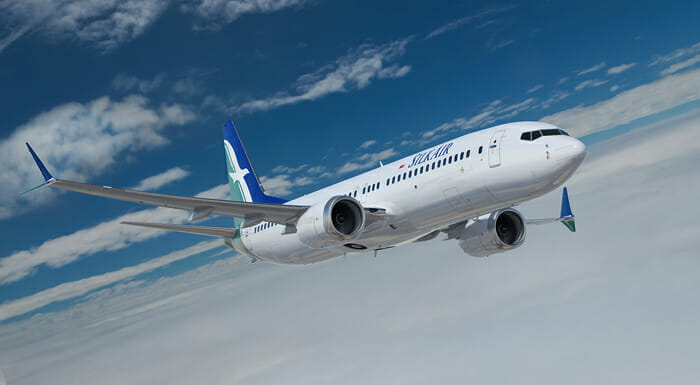
Bottom Line
Right now Boeing is looking like a corporation more interested in doing the bare minimum to get an aircraft to market rather than a corporation which does everything possible to make an aircraft as good as it can possibly be.
The FAA looks like an agency too incompetent and too incapable to carry out a very major aspect of its remit.
Regardless of what comes out from the investigations of the Lion Air and Ethiopian Airlines disasters both Boeing and the FAA have a lot of challenges ahead of them and I think it will be a long, long time before either has its reputation restored.

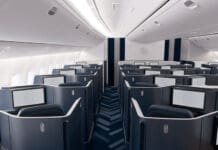
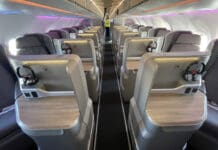














Thought provoking and worrying. Been feeling this way for a few weeks now and increasingly so, given the latest revelations from the cockpit voice recorder of the crash in Indonesia…the pilot’s manual had no guidance on how to deal with the situation that the pilots faced.
Dreams of flying on the B777X have been canned by this frequent flyer and aviation enthusiast.
I would say the questions that you have for Boeing are spot on and the criticism of the FAA is on, just the current administration doesn’t care, so I can’t see changes in the FAA coming yet. I would happily fly on one of these aircraft after the MCAS issue is resolved. The aircraft itself seems fine. What are the issues that we have seen? Two instances of aircraft that seem to be MCAS issues with Pilots who may not have known about how to handle the MCAS. When A Pilot has been aware of the issue, they can handle it as has been shown by the Pilot in the Jump Seat on the Lion Air flight that knew what to do if the MCAS came on when it should not have. From this information I see two problems – fix the MCAS (this must happen) and make sure to communicate and properly train Pilots on how to handle it should this happen again (With proper software design, this should not). Do I doubt Boeing because of this? Yes, I do. MCAS design is a defect, plain and simple- designing a “safety” system as a single point of failure and ignoring the options to avoid a catastrophic problem is damn stupid. This can be resolved. Training Pilots can also be resolved. This type of new “feature” cannot be hidden from the Pilots or Airlines ever again, that is the crux of the issue to me. The other two will be resolved and this plane will be very safe in the future. Now will I fit in the seat and be comfortable? I am not sure.
You wrote an excellent piece and the questions are exactly the ones that need to be asked.
Both Boeing and FAA have burned their fingers and are responsible for killing people. The notion that a software patch is going to fix this is just crazy wishful thinking. Boeing can patch what they want but bottom line I do not think anywhere in the world airlines will be able to get passengers inside those things again.
Well said.
Southwest Airlines is the VERY BEST!!
[…] me to go over the reasons why the Boeing 737 MAX aircraft are getting so much attention right now (I’ve gone over that ground a few times before) so I’ll just focus on the question a lot of readers have been asking me over the past few weeks […]
[…] the FAA wasn’t competent enough to certify it alone combined with the revelations that Boeing took a rushed approach to the development of the MAX, withheld information from airlines and … hasn’t really instilled the public with much confidence in the […]